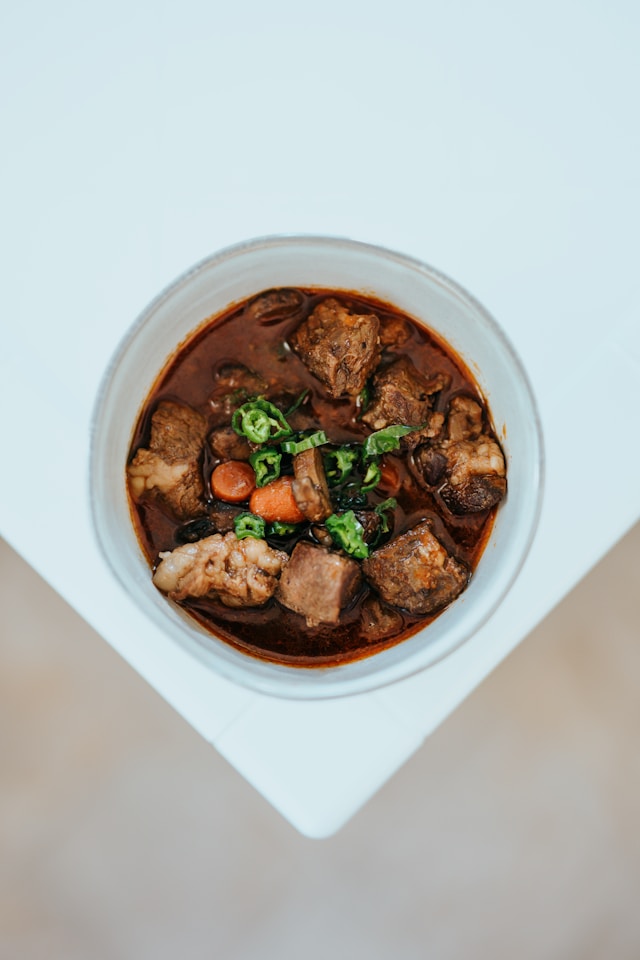Diabetes is a chronic medical condition that affects how your body processes glucose, a type of sugar. While most people are familiar with the more common symptoms of diabetes such as excessive thirst, frequent urination, and unexplained weight loss, it’s important to know that diabetes can also manifest in various ways on the skin. These diabetes skin symptoms can serve as early indicators of the disease, prompting timely intervention and management. In this article, we will explore five signs of diabetes that appear on the skin, helping you recognize them and take appropriate action.
Persistent Dry Skin
Dry skin is a common problem, but when it becomes persistent and severe, it could be indicative of diabetes. High blood sugar levels can lead to dehydration, which in turn affects the skin’s ability to retain moisture. As a result, you might notice your skin becoming excessively dry, scaly, and itchy. These symptoms are often most pronounced on the lower legs, feet, and elbows.
If you experience persistent dry skin that doesn’t improve with regular moisturizing, especially alongside other diabetes symptoms, consult a healthcare professional for evaluation.
Darkened Skin Patches
A condition known as acanthosis nigricans can result in the appearance of dark, thickened patches of skin, often with a velvety texture. These patches tend to develop in body folds such as the neck, armpits, groin, and under the breasts. Acanthosis nigricans is associated with insulin resistance, a hallmark of type 2 diabetes.
If you notice unusual darkening of your skin in these areas, especially if you’re also experiencing other diabetes-related symptoms, consult a healthcare provider for further evaluation.
Slow-Healing Wounds
Cuts, sores, or wounds that take longer than usual to heal.
High blood sugar levels can affect the body’s ability to repair itself, leading to delayed wound healing. If you find that minor cuts, bruises, or other injuries are taking an unusually long time to heal, it might be a sign that your blood sugar levels are elevated.
Pay attention to how your body is healing after injuries. If you notice slow healing along with other potential diabetes symptoms, consider getting a medical assessment.
Skin Infections
Diabetes can weaken the immune system, making it harder for your body to fend off infections. This can lead to an increased risk of various skin infections, such as bacterial or fungal infections. Common examples include urinary tract infections, yeast infections, and boils.
If you’re experiencing frequent or recurrent skin infections, especially alongside other diabetes symptoms, consult a healthcare professional to determine if diabetes could be an underlying cause.
Yellowish, Reddish, or Brownish Skin
Elevated blood sugar levels can cause changes in the small blood vessels, leading to skin discoloration. These discolored patches might be a yellowish hue on light skin or a reddish-brown shade on darker skin. These changes in skin coloration are often most noticeable on the shins and feet.
What to Do: If you notice unusual changes in skin color, especially in conjunction with other diabetes symptoms, it’s advisable to seek medical attention for proper diagnosis and management.
The skin can provide valuable clues about your overall health, including the presence of underlying conditions such as diabetes. If you notice any of these skin signs alongside other diabetes symptoms, it’s essential to consult a healthcare professional. Early detection and management of diabetes can significantly improve your quality of life and help prevent complications.
Find out your risk for developing type 2 diabetes today and start preventing and treating early with our support.



